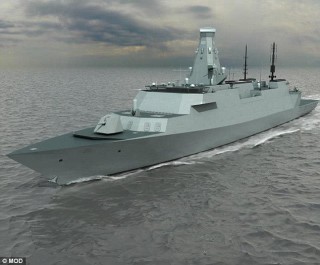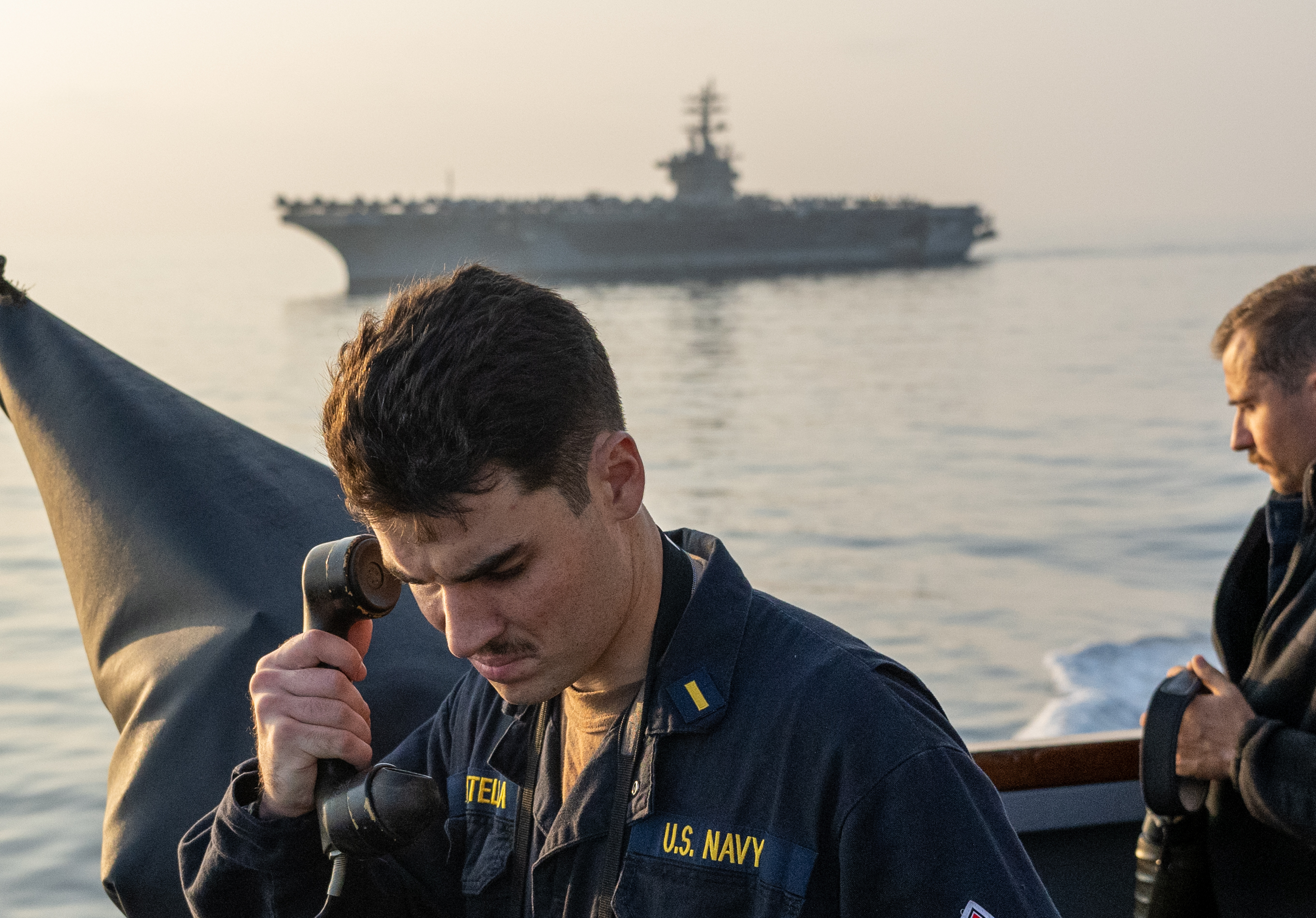Proceedings, Oct. 2012
In August, the Royal Navy released details of its next surface combatant, the Type 26, a modular ship. Announced plans are to build 13 of these vessels to replace the surviving 13 Type 23 frigates. All were intended primarily for antisubmarine warfare (ASW); the Type 23s were conceived as minimum towed-array ships to work in the Greenland-Iceland-UK (GIUK) Gap mainly in support of maritime patrol aircraft. With the end of the Cold War, this mission disappeared, and the Type 23s found themselves carrying out a wide variety of peacetime missions, such as drug interdiction in the Caribbean and anti-piracy work off Somalia. An incidental effect of the change from harsh GIUK waters to calmer ones is that the ships’ hulls have lasted far longer than expected. (Cynics may suspect that the ships’ longevity is really the consequence of successive governments’ reluctance to buy replacements on a timely basis.)
 Comparing the Type 26 to the U.S. Littoral Combat Ship (LCS) shows how wide a range the concept of modularity covers. The Type 26 is a 5,500-ton frigate that can be built in one of at least two versions. In appearance it is a scaled-down Type 45 destroyer with the same sort of tower foremast, in this case topped by the Artisan three-dimensional radar rather than the big Sampson of the Type 45. The Type 26 was conceived as part of a long-running project to design a Future Surface Combatant, which was originally to have been built in three versions of varying capability (and cost).
Comparing the Type 26 to the U.S. Littoral Combat Ship (LCS) shows how wide a range the concept of modularity covers. The Type 26 is a 5,500-ton frigate that can be built in one of at least two versions. In appearance it is a scaled-down Type 45 destroyer with the same sort of tower foremast, in this case topped by the Artisan three-dimensional radar rather than the big Sampson of the Type 45. The Type 26 was conceived as part of a long-running project to design a Future Surface Combatant, which was originally to have been built in three versions of varying capability (and cost).
The Type 26 is apparently the ASW variant, presumably a direct replacement for the current Type 23, with much the same systems as the projected modernized Type 23. They include the Sea Centor vertically launched suface-to-air missile (replacing the current Seawolf) and the Type 2087 low-frequency active-passive sonar (towed pinger plus array plus medium-frequency bow array). Sea Centor is an active-radar-guided derivative of the current British short-range air-to-air missile, also known as CAMMS (Common Modular Missile System). It uses an uplink for mid-course guidance. The ship will have a single gun, either the 4.5-inch currently standard in the Royal Navy, or perhaps a derivative of the U.S. 5-inch/62 (BAE owns United Defense, which makes the U.S. gun). There may be provision for a more powerful gun; in the past BAE has advertised a 155-mm gun within the footprint of its 4.5 inch.





